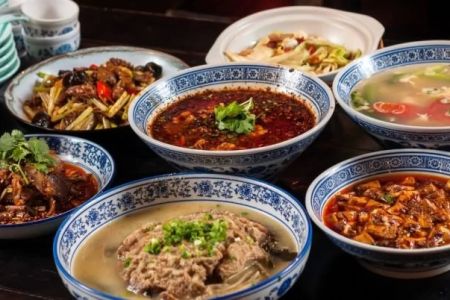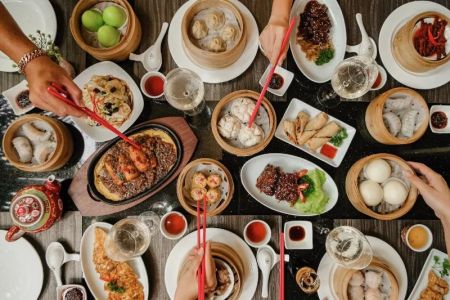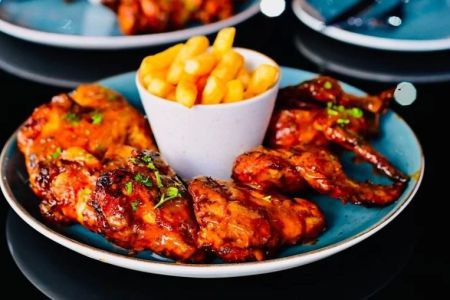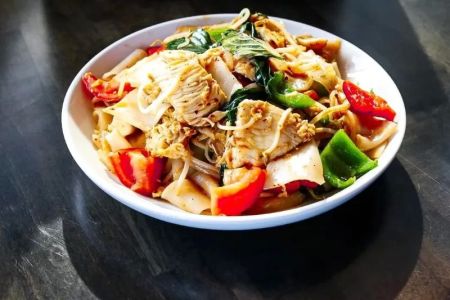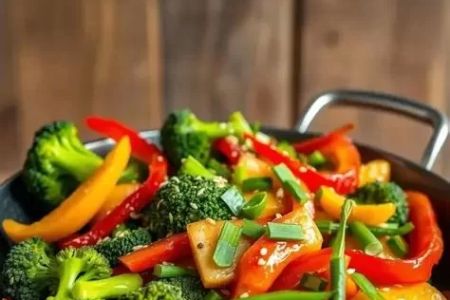- 1-History-and-Significance-of-Chinese-Tea-Culture
- 2-Chinese-Tea-in-American-Restaurant-Settings
- 3-Popular-Tea-Varieties-Served-in-US-Restaurants
- 4-Tea-Ceremonies-and-Service-Traditions
- 5-Cultural-Impact-and-Customer-Experience
- 6-Where-to-Find-Authentic-Chinese-Tea-Products
1. History and Significance of Chinese Tea Culture
Chinese tea culture spans thousands of years, deeply embedded in social rituals, health practices, and philosophy. Originating in ancient China, tea became a symbol of hospitality, refinement, and cultural identity. Its preparation and consumption embody mindfulness and respect, making tea much more than a beverage.
This rich heritage is preserved in traditional brewing methods, specialized tea ware, and ceremonial customs. Understanding the history helps appreciate the profound role tea plays in Chinese dining and beyond.
2. Chinese Tea in American Restaurant Settings
American Chinese restaurants have embraced tea culture, integrating authentic tea experiences into their dining services. Tea is often offered as a welcome drink, a palate cleanser, or a digestive aid accompanying meals. Some high-end restaurants go further, hosting tea ceremonies or providing curated tea menus that showcase traditional brewing styles.
This adoption enriches the dining atmosphere, offering patrons a cultural journey alongside their meals and deepening their appreciation of Chinese culinary art.
3. Popular Tea Varieties Served in US Restaurants
Several Chinese tea varieties have gained popularity in American restaurants, including:
- Jasmine Tea: Fragrant green tea scented with jasmine blossoms, known for its soothing aroma.
- Pu-erh Tea: A fermented tea prized for its earthy flavor and digestive benefits.
- Oolong Tea: Partially fermented tea with complex flavors ranging from floral to smoky.
- Chrysanthemum Tea: Herbal tea often served as a refreshing alternative.
Restaurants select teas that complement their menu items and provide a well-rounded cultural experience.
4. Tea Ceremonies and Service Traditions
Traditional tea ceremonies highlight the artistry of tea preparation, including precise water temperature, steeping times, and presentation techniques. Some American Chinese establishments incorporate these rituals to showcase authenticity and respect for Chinese customs.
Proper tea service emphasizes hospitality, creating a moment of calm and connection. Servers may explain the tea’s origin, brewing method, and health benefits, enhancing customer engagement.
5. Cultural Impact and Customer Experience
Incorporating Chinese tea culture in American restaurants fosters cross-cultural understanding and enriches the dining experience. Patrons often express appreciation for the depth and tradition tea brings to their meal, finding it both enjoyable and educational.
This cultural immersion can differentiate restaurants in a competitive market, attracting tea enthusiasts and curious diners alike.
6. Where to Find Authentic Chinese Tea Products
For restaurants and consumers seeking genuine Chinese tea products, Chinese Food offers a curated selection of high-quality teas, brewing equipment, and accessories sourced directly from China. Their expertise ensures access to authentic items that preserve traditional flavors and cultural integrity.
Exploring these resources can elevate tea offerings and deepen connection to Chinese tea heritage in American dining environments.


